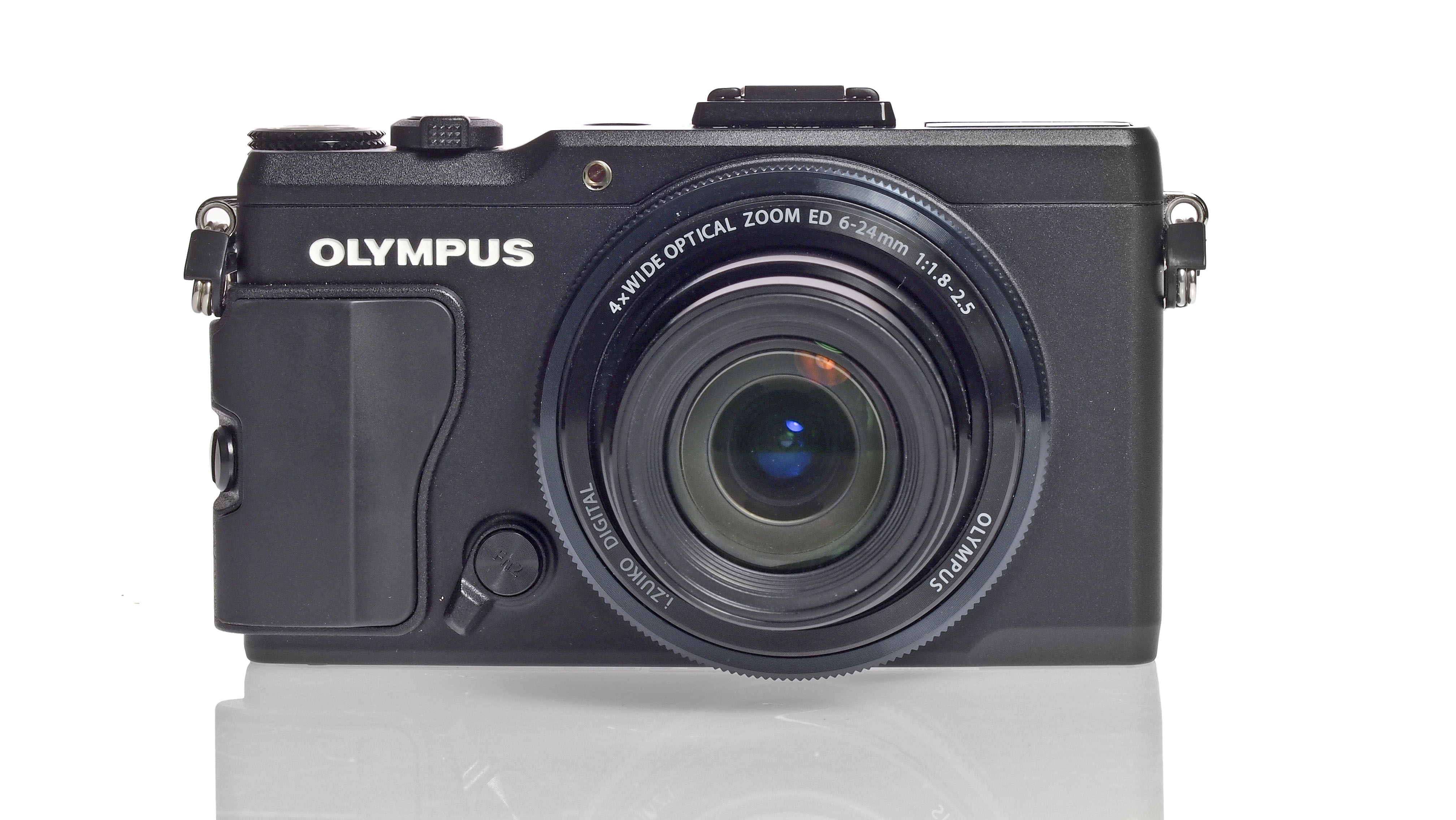Why you can trust TechRadar
We shoot a specially designed chart in carefully controlled conditions and the resulting images are analysed using DXO Analyzer software to generate the data to produce the graphs below.
A high signal to noise ratio (SNR) indicates a cleaner and better quality image.
For more more details on how to interpret our test data, check out our full explanation of our noise and dynamic range tests.
Here we compare the Olympus XZ-2 with the Olympus XZ-1, Panasonic LX7 and Canon G12.
JPEG signal to noise ratio
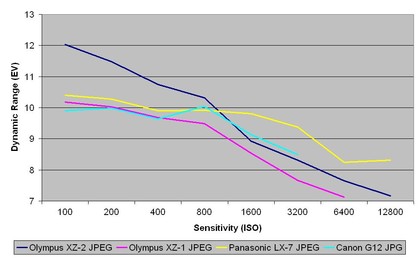
These results show that the Olympus XZ-2's JPEG files have a greater signal to noise ratio than those from the Olympus XZ-1, Panasonic LX7 and Canon G12 at lower sensitivities, but at ISO 1600 and above, the Panasonic and the Canon beat it, while the XZ-1 comes in last.
Raw signal to noise ratio
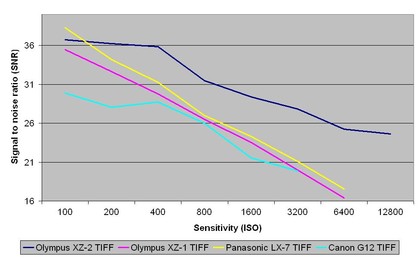
The signal to noise ratios of the TIFF images (after conversion from raw) from the Olympus XZ-2 are significantly stronger, starting off slightly below the Panasonic LX7 at ISO 100, before beating the Panasonic, Olympus XZ-1 and the Canon G12 at every other sensitivity setting - and by a long way, too.
JPEG dynamic range
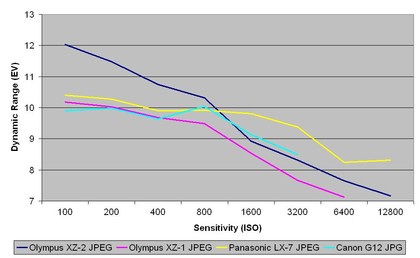
JPEG results for dynamic range again put the Olympus XZ-2 ahead of the pack at the lower-to-mid ISO settings, before it then tails off at ISO 1600 and above, being beaten again by the Panasonic LX7 and Canon G12, with the Olympus XZ-1 coming in with the lowest dynamic range of the group.
Sign up for breaking news, reviews, opinion, top tech deals, and more.
Raw dynamic range
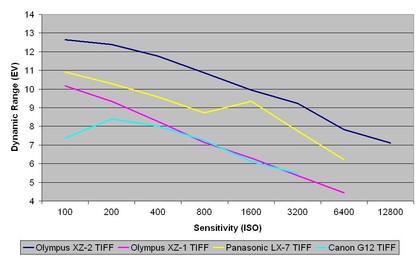
This chart indicates that TIFF images (after conversion from raw) from the Olympus XZ-2 are much stronger again, showing a significantly greater dynamic range than the Olympus XZ-1, Panasonic LX7 and Canon G12 at every setting. The Panasonic comes in second, followed by the Canon and XZ-1, which produce very similar results here.
Current page: Noise and dynamic range
Prev Page Image quality and resolution Next Page Sample images